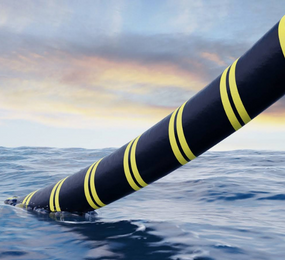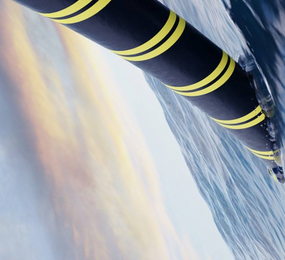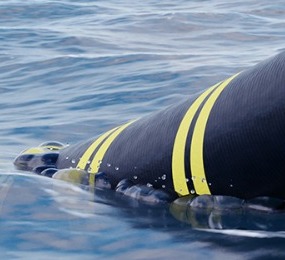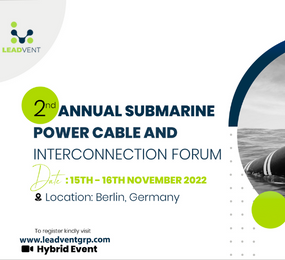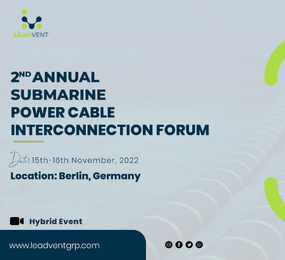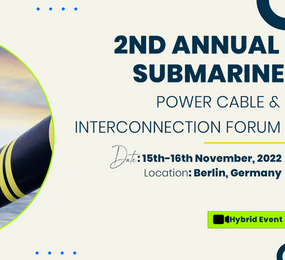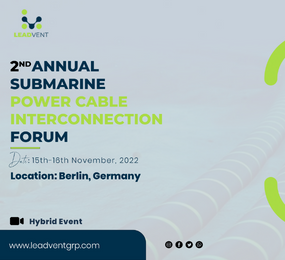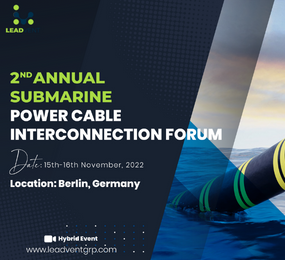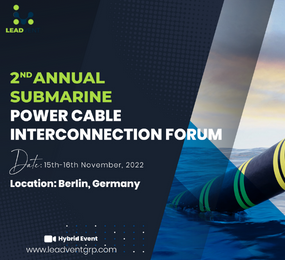Subsea cables, moreover known as submarine fiber optic cables, are important for global communications. They have substantially evolved over the years, from being laid manually by using ships to using superior technology for installation. In this expert analysis, we will delve deeper into the evolution of subsea cables and find out upcoming trends in installation and reliability.
Evolution of Subsea Cables
In the past, subsea cables were susceptible to damage and failures because of their manual installation process. However, with improvements in material science, today’s subsea cables are more durable and can handle higher data volumes. Additionally, techniques such as horizontal directional drilling have made installation quicker and more efficient.
Real-time monitoring systems and predictive maintenance techniques have also been carried out to enhance the reliability of subsea cables. These advancements allow for quick detection and upkeep of any issues, ensuring consistent global connectivity.
Upcoming Trends in Installation
One upcoming trend in subsea cable installation is the usage of robotic and autonomous automobiles. These advanced equipment are capable of laying cables at quicker speeds and can work in harsh and deep-sea environments, decreasing the risk of damage to the cables.
Improved mapping strategies also are a growing trend in subsea cable installation. These techniques use advanced sensors and software to create detailed maps of the seafloor, allowing for more precious placement of subsea cable.
Reliability Improvements
As discussed earlier, real-time monitoring systems and predictive maintenance strategies have drastically advanced the reliability of subsea cables. These superior systems can stumble upon and prevent potential failures earlier than their detection, decreasing downtime and maintenance cost.
Another trend in improving reliability is using self-healing cables. These cables have sensors that can detect any damages and automatically reroute data flow via undamaged fibers, minimizing disruptions to communication networks.
FAQ about The Evolution of Subsea Cables
What are subsea cables and why are they essential?
Subsea cables, additionally known as submarine fiber optic cable, are vital for global communications, connecting global places and continents. They facilitate the transfer of high data volume, which include internet traffic, cell phone calls, and TV broadcasts.
How has subsea cable technology evolved over time?
In the past, subsea cables had been laid manually with the help of ships and have been prone to damages and failures. However, with improvements in material science and installation strategies, subsea cables have turned out to be more long lasting, reliable, and able to manage a higher amount of data.
What are some upcoming trends in subsea cable installation?
Some latest trends in subsea cable installation consist of the use of robotic, and advanced mapping strategies. These developments not only make the installation process more efficient but moreover reduce the risk of damage to the cables.
How is the reliability of subsea cables being improved?
To increase the reliability of subsea cables, real-time monitoring systems are used to find any issues and allow for quick maintenance. Also, we can prepare for any future failure that might be geared up.
What impact do subsea cables have on international communique networks?
Subsea cables play a critical function in connecting the world through communication networks. It can share data in real time with accuracy, making them vital among unique industries like finance, schooling, and healthcare.
What is the future of subsea cables?
As technology is evolving swiftly , we will anticipate greater advanced and efficient subsea cables in the future. With the growing demand for data and quicker net connectivity, subsea cables will play an important feature in connecting us globally. Overall, the future seems appealing for subsea cables, as they make the worldwide conversation networks superior.
Subsea cable has come a long way from its inception. Latest upgrades in the fabric technological data and installation have made subsea cables more long lasting, reliable, and capable of controlling better amounts of data. Real-time tracking structures and predictive maintenance techniques have extended their reliability, ensuring constant international connectivity.
As technology keeps converting, we're able to anticipate and look for even more reliable and efficient subsea cables in the future, similarly improving our capability to communicate and share data globally. The evolution of subsea cables will play an important function in shaping our future.


